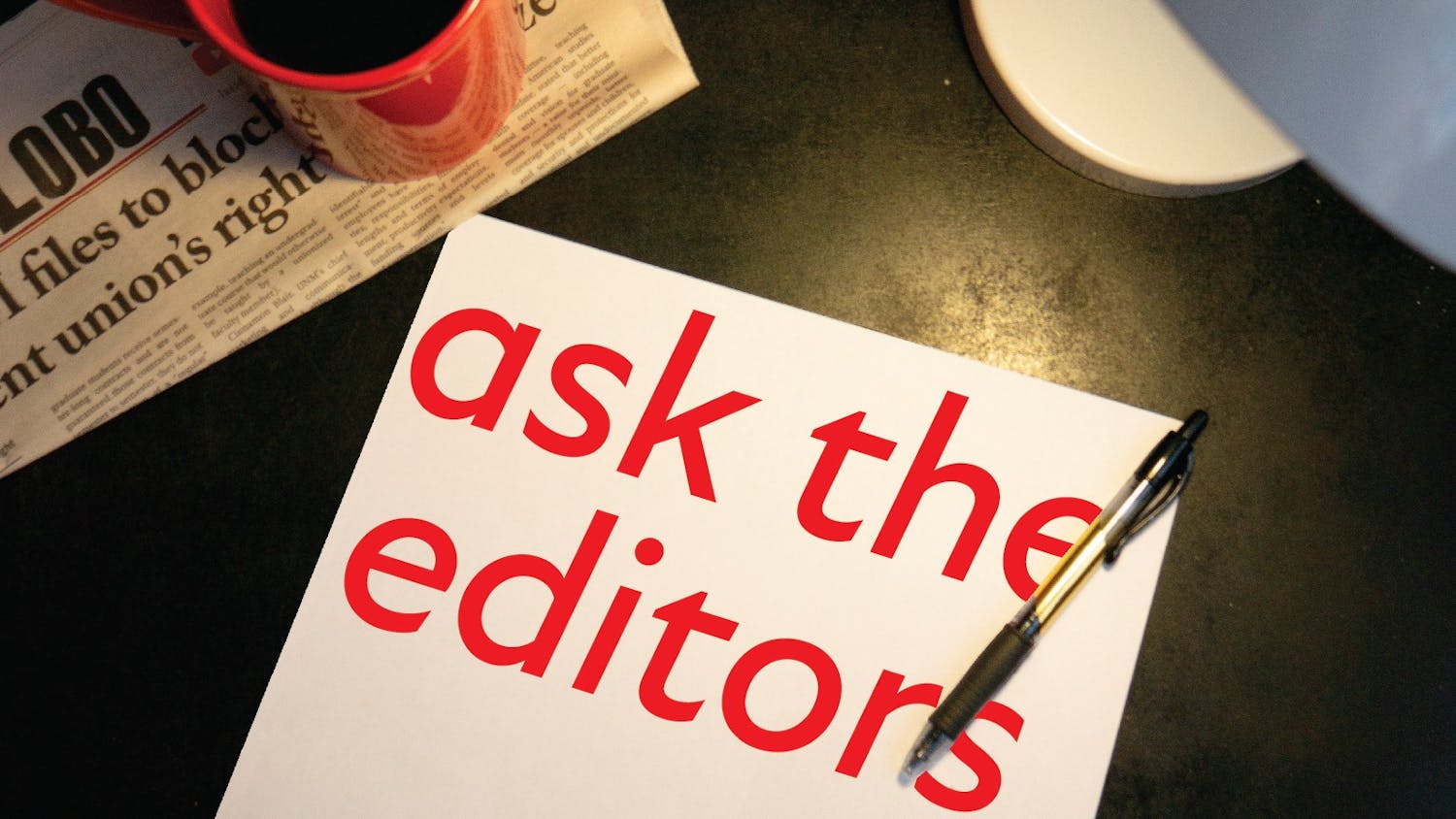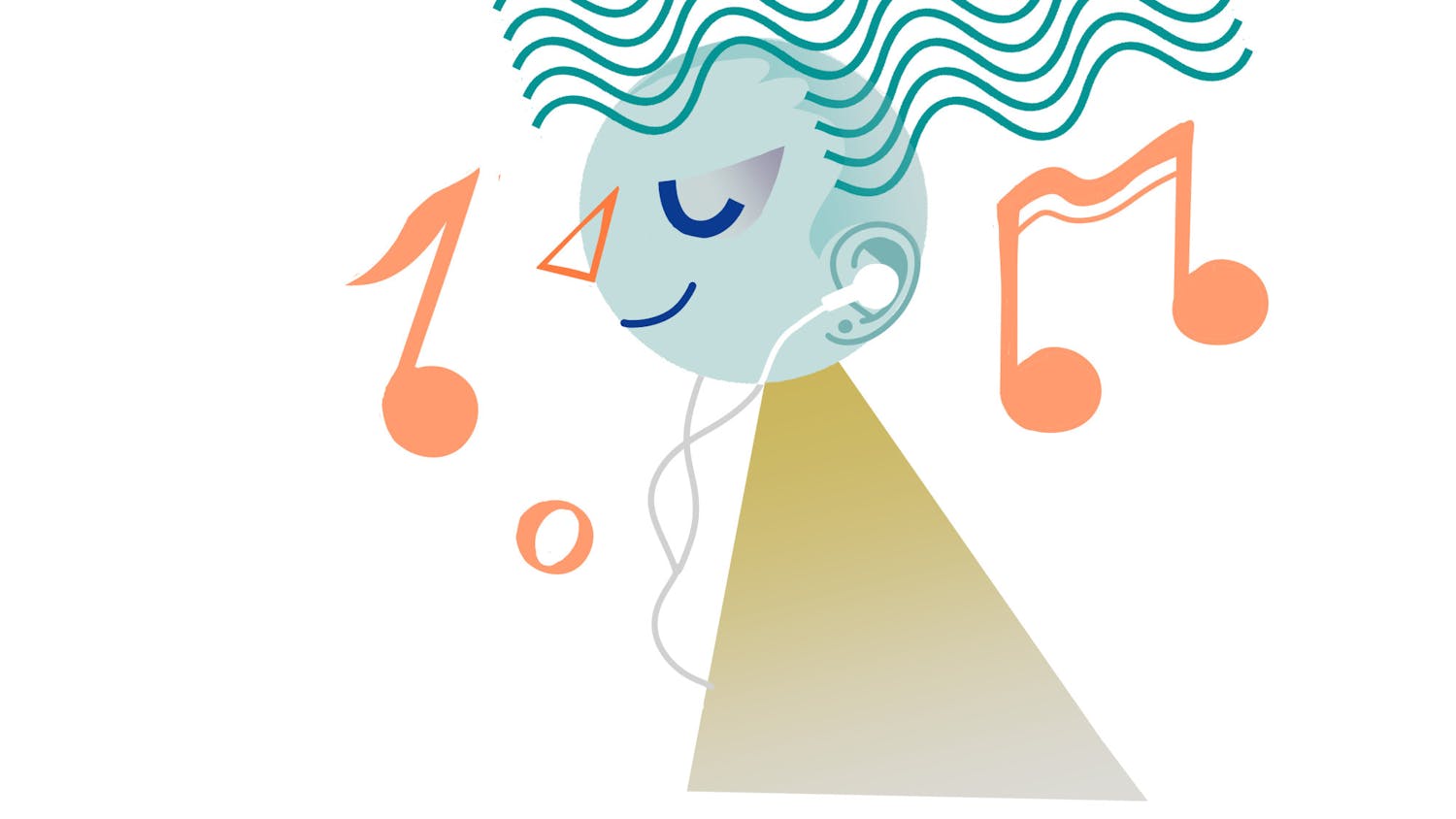Many people have described music as the universal language, one that has the power to transcend cultural barriers and relay messages purely through sonic means.
Why is it that music is able to put forth what often cannot be said by words? Simply put, both music and spoken language rely on the same sets of principles in order to achieve their goals. Music carries forth pure emotion, and is not bogged down by things like phonetics.
A person who does not speak English in any sort of sense can hear an American folk song and probably point to the emotion in which the tune carries. Similarly, somebody who doesn’t speak any Spanish can hear a Spanish folk song and understand the emotion it's trying to convey.
We hear "Goodbye Pork Pie Hat," and people not versed in jazz history may not understand that it is an elegy for the great saxophonist Lester Young, though most people can tell you that it is a mournful and reflective tune. What is it about music that can unite us in emotion, even when we may not share a common language?
In order to understand how it is that music functions as a language one, must first consider the ideas and concepts which are put into its creation. Jeff Coffin — a saxophone player who has worked with the likes of The Flecktones and Dave Matthews Band — highlights in his book "The Saxophone Book" several key points to music. At a recent masterclass I attended with Coffin, he related these five fundamental points of music to fundamental points of speech.
Firstly, the most important point in both music and conversation is the ability to listen. It is only through listening where we learn and gain an understanding of the conversation at hand.
In music we listen in order to gain context and to understand the music at hand. In a performance, a musician must listen to those around him or her so that he or she can create the sounds which are necessary to create beautiful music, in a similar fashion to how one would listen to the other members of a conversation in order to be able to respond — to add to structured discourse as opposed to simply going on unrelated rants and not maintaining conversation.
The second point of Coffin's five fundamentals of music is tone and dynamics. Imagine you are about to thank your grandmother for the lovely meal she had prepared for a family gathering.
Would your tone be soft and restrained, or snarly and aggressive? How loud would you speak at her? Would you speak at an average volume or would you scream at the top of your lungs? Each of these things are usually what somebody is thinking of when they are trying to create their musical work.
Tone and dynamics are at the forefront of the things that give either a musical or conversational statement its meaning. A mere shift in inflection can change an expression from one of sincerity to one of sarcasm.
Next, articulation, perhaps the concept which can be put most simply and succinctly. Try and speak a word or phrase without moving your tongue in your mouth and with as little motion of the lips as possible. Could you do it in a manner which was comprehensible where you could get your point across? I thought not.
This is almost exactly what music would sound like if you removed all the staccato and tenuto and marcato. It would be little more than a mesh of sounds.
Get content from The Daily Lobo delivered to your inbox
Rhythm and time comprise the fourth aspect. Every single thing we do in our lives has rhythm to it, whether we like it or not.
When we walk there is a pace to our walk. We may slow down or speed up this pace at our leisure but there will always be a rhythm to the way we walk. Our heart beats. Perhaps they do not beat at a strict 4/4, 120 beats-per-minute, but they beat a steady rhythm still.
Nonetheless, the most rhythmic thing that we have is our speech. Do we speak in time? Certainly not.
However, there is an ebb and flow to our words which forms each of our particular manners of speech. It is the command of this ebb and flow which gives speakers like Martin Luther King Jr their eloquent, affluent nature.
Similarly, John Coltrane's control of rhythm on his tenor saxophone was what put him forth as one of the foremost saxophonists of his era. If we were to speak metronomically we would end up sounding like robot. In a similar sense, if a musician was to play without any groove to their music, it would sound artificial.
The final concept is that of harmony. This is a hard one to relate to speech aside from the fact that I'm sure we all have different "vocal harmonies" so to say for the different situations which call for them. A funeral is probably not the best place for an excited voice (and a minor tune is not the best place for a major line).
But now that you've heard these principles of music, I urge you to go out and try and consider them the next time you are either in a conversation or listening to a piece of music.
If you still need convincing that there is a speech sort component of instrumental music, I recommend you take a listen to Ella Fitzgerald and Louis Armstrong's version of "Summertime.” See if you can imagine Louis Armstrong's trumpet singing the lyrics at the beginning.
Another fun exercise is to take a tune with lyrics — but not vocals like Freddie Hubbard's "Little Sunflower" or Charles Mingus's "Fables of Faubus” — and see if you can understand how the lyrics fit the music. Maybe you could even find an instrumental version of a song you love and try and hear the instruments saying the words.
The possibilities, truly, are boundless.
Gabriel Pachecho is Daily Lobo music contributor. He can be reached at dailylobomusic@gmail.com






